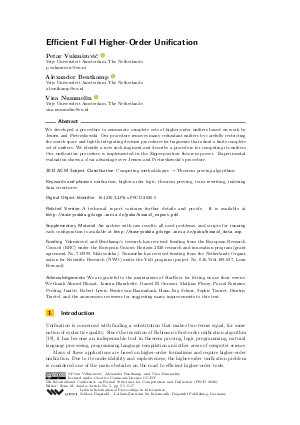LIPIcs.FSCD.2020.5.pdf
- Filesize: 0.54 MB
- 17 pages

 Creative Commons Attribution 3.0 Unported license
Creative Commons Attribution 3.0 Unported license





























Feedback for Dagstuhl Publishing